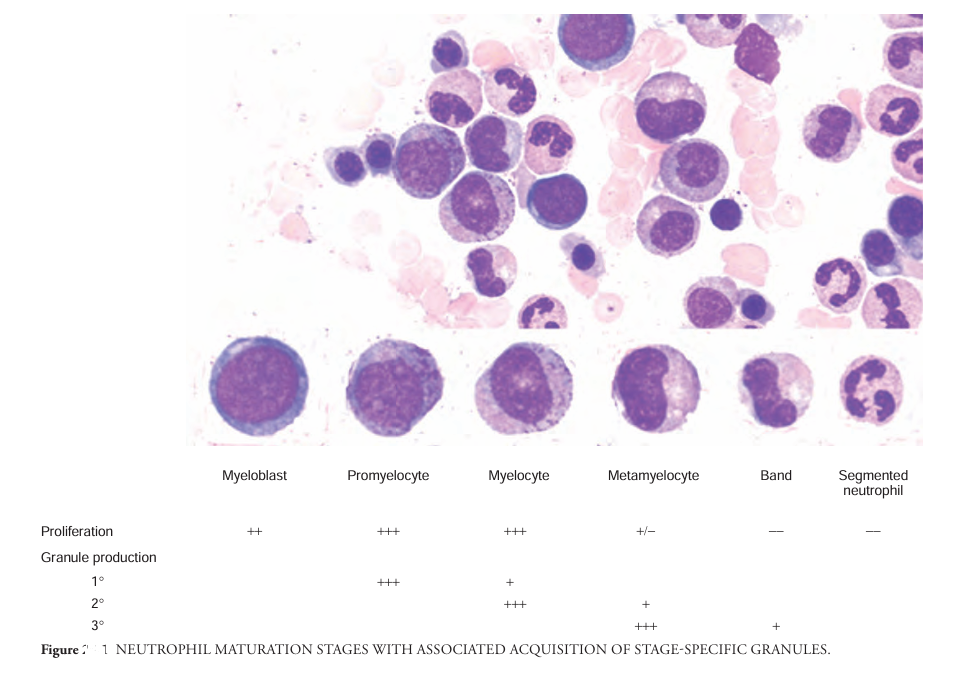

النبات

مواضيع عامة في علم النبات

الجذور - السيقان - الأوراق

النباتات الوعائية واللاوعائية

البذور (مغطاة البذور - عاريات البذور)

الطحالب

النباتات الطبية


الحيوان

مواضيع عامة في علم الحيوان

علم التشريح

التنوع الإحيائي

البايلوجيا الخلوية


الأحياء المجهرية

البكتيريا

الفطريات

الطفيليات

الفايروسات


علم الأمراض

الاورام

الامراض الوراثية

الامراض المناعية

الامراض المدارية

اضطرابات الدورة الدموية

مواضيع عامة في علم الامراض

الحشرات


التقانة الإحيائية

مواضيع عامة في التقانة الإحيائية


التقنية الحيوية المكروبية

التقنية الحيوية والميكروبات

الفعاليات الحيوية

وراثة الاحياء المجهرية

تصنيف الاحياء المجهرية

الاحياء المجهرية في الطبيعة

أيض الاجهاد

التقنية الحيوية والبيئة

التقنية الحيوية والطب

التقنية الحيوية والزراعة

التقنية الحيوية والصناعة

التقنية الحيوية والطاقة

البحار والطحالب الصغيرة

عزل البروتين

هندسة الجينات


التقنية الحياتية النانوية

مفاهيم التقنية الحيوية النانوية

التراكيب النانوية والمجاهر المستخدمة في رؤيتها

تصنيع وتخليق المواد النانوية

تطبيقات التقنية النانوية والحيوية النانوية

الرقائق والمتحسسات الحيوية

المصفوفات المجهرية وحاسوب الدنا

اللقاحات

البيئة والتلوث


علم الأجنة

اعضاء التكاثر وتشكل الاعراس

الاخصاب

التشطر

العصيبة وتشكل الجسيدات

تشكل اللواحق الجنينية

تكون المعيدة وظهور الطبقات الجنينية

مقدمة لعلم الاجنة


الأحياء الجزيئي

مواضيع عامة في الاحياء الجزيئي


علم وظائف الأعضاء


الغدد

مواضيع عامة في الغدد

الغدد الصم و هرموناتها

الجسم تحت السريري

الغدة النخامية

الغدة الكظرية

الغدة التناسلية

الغدة الدرقية والجار الدرقية

الغدة البنكرياسية

الغدة الصنوبرية

مواضيع عامة في علم وظائف الاعضاء

الخلية الحيوانية

الجهاز العصبي

أعضاء الحس

الجهاز العضلي

السوائل الجسمية

الجهاز الدوري والليمف

الجهاز التنفسي

الجهاز الهضمي

الجهاز البولي


المضادات الميكروبية

مواضيع عامة في المضادات الميكروبية

مضادات البكتيريا

مضادات الفطريات

مضادات الطفيليات

مضادات الفايروسات

علم الخلية

الوراثة

الأحياء العامة

المناعة

التحليلات المرضية

الكيمياء الحيوية

مواضيع متنوعة أخرى

الانزيمات
Stages of Neutrophil Differentiation
المؤلف:
Hoffman, R., Benz, E. J., Silberstein, L. E., Heslop, H., Weitz, J., & Salama, M. E.
المصدر:
Hematology : Basic Principles and Practice
الجزء والصفحة:
8th E , P322-323
2025-01-12
1234
Granulocytes differentiate from early progenitors in the BM in a process that takes 7 to 10 days. The cells progress through several identifiable maturation stages, during which they acquire the morphologic appearance and granule contents that characterize the mature granulocyte. The earliest identifiable granulocyte precursor is the myeloblast, a minimally granulated cell with scant cytoplasm and a prominent nucleolus (Fig.). Transition to the promyelocyte stage is associated with the acquisition of abundant primary granules. Primary granules are found in both granulocytes and monocytes and contain proteins necessary for intracellular killing of microbes. The transition to the myelocyte stage is associated with the acquisition of secondary or “specific” granules, which give the characteristic staining pattern that differentiates neutrophils from eosinophils and basophils.

Neutrophil precursors account for approximately half the cells in the BM of normal individuals, with a majority of these at the meta myelocyte stage and beyond. Promyelocytes and myelocytes represent the primary proliferative pool of granulocyte precursors in the BM. Beyond the myelocyte stage, cells mature as nondividing cells. Bands and segmented neutrophils constitute greater than 50% of the total granulocyte mass, primarily as a storage pool of mature cells in the BM. Only 5% of total neutrophils circulate in the periphery, of which 60% are marginated in the spleen and on vessel walls. Mature neutrophils circulate in the peripheral blood for 3 to 24 hours and then migrate to the tissues, where they survive for 2 to 3 days. Therefore the peripheral neutrophil count reflects approximately 2% of the total neutrophil cell mass during approximately 1% of the neutrophil lifespan.
Biochemical events that accompany these physical changes include the sequential acquisition of primary granules and their content proteins (including myeloperoxidase [MPO], lysozyme, neutrophil elastase [NE; encoded by the ELANE gene], defensins, myeloblastin ), secondary granules and their content proteins (lactoferrin [LF], neutrophil collagenase [matrix metalloproteinase (MMP) 9], neutrophil gelatinase [matrix metalloproteinase (MMP) 8], neutrophil gelatinase-associated lipocalin [NGAL], transcobalamin 1), and tertiary granules containing neutrophil gelatinase . The progressive gain of these phenotypic changes and granule acquisition is accompanied by a loss of proliferative potential. This carefully coordinated process is disrupted in acute myeloid leukemia (AML), in which a block in the myeloid maturation pathway usually results in the circulation of immature blasts in the peripheral blood.
 الاكثر قراءة في مواضيع متنوعة أخرى
الاكثر قراءة في مواضيع متنوعة أخرى
 اخر الاخبار
اخر الاخبار
اخبار العتبة العباسية المقدسة

الآخبار الصحية















 قسم الشؤون الفكرية يصدر كتاباً يوثق تاريخ السدانة في العتبة العباسية المقدسة
قسم الشؤون الفكرية يصدر كتاباً يوثق تاريخ السدانة في العتبة العباسية المقدسة "المهمة".. إصدار قصصي يوثّق القصص الفائزة في مسابقة فتوى الدفاع المقدسة للقصة القصيرة
"المهمة".. إصدار قصصي يوثّق القصص الفائزة في مسابقة فتوى الدفاع المقدسة للقصة القصيرة (نوافذ).. إصدار أدبي يوثق القصص الفائزة في مسابقة الإمام العسكري (عليه السلام)
(نوافذ).. إصدار أدبي يوثق القصص الفائزة في مسابقة الإمام العسكري (عليه السلام)


















